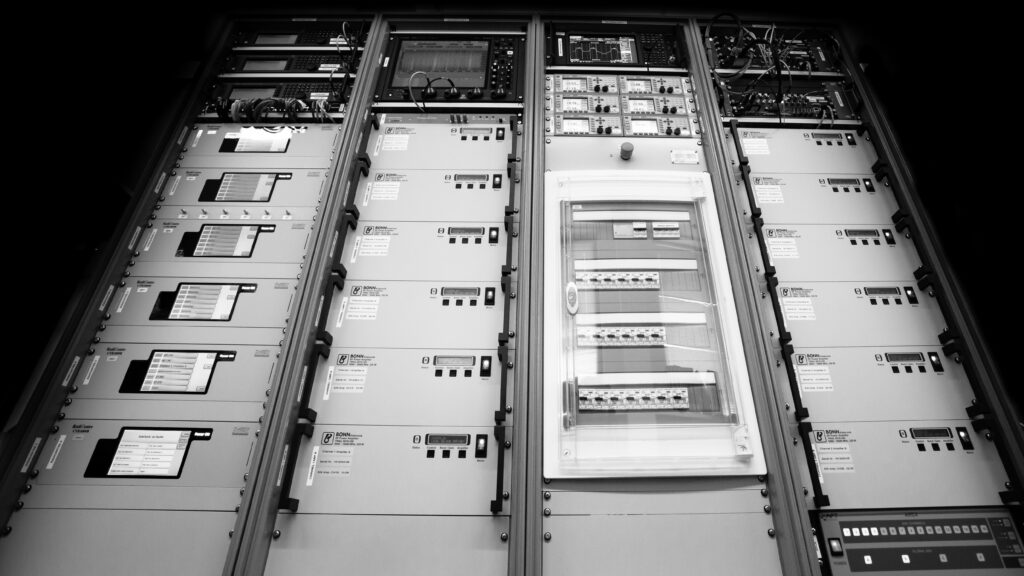Patrick Dijkstra Gives a presentation about the Multi carriers (Language NL). This presentation is given at the FHI on the RF technology event 2020 Raditeq B.V. is a commercial company based in the Netherlands and internationally active. Raditeq specializes in research and development of EMC/RF measurement equipment. For more information go to www.raditeq.com/Multipactor

RF Technology Event – Multipactor System
Modern technology demands faster data transfer for applications like internet and data streaming. This requires satellites to have wider communication channels. The signal-to-noise ratio also needs to be maintained at the same level. As data speeds increase, noise levels rise, leading to a weaker signal. To counter this, satellites need to transmit at a higher power to maintain a strong signal despite the increase in noise levels.
Furthermore, with the increase in data speeds, the noise levels also rise, leading to a weaker signal. Therefore, satellites need to transmit at a higher power to maintain a strong signal. This creates a new challenge of power management and efficient use of available resources. However, with advancements in technology, satellite communication systems can use more efficient modulation techniques, signal processing algorithms, and adaptive power control to improve the overall system performance.
These technologies use various methods to amplify the signal, such as increasing the voltage or current, and reducing the signal distortion. Furthermore, advancements in battery technology have made it possible to increase the power output of satellites without compromising their weight and size. This has led to the development of small satellites that can deliver high data rates while consuming minimal power. Overall, these technological advancements are helping to meet the growing demand for faster and more reliable data transfer via satellite communication systems.
In conclusion, the growing demand for faster data transfer requires satellite systems to have wider communication channels and higher transmission power to maintain the signal-to-noise ratio. The development of new technologies and innovations is crucial to meeting these demands and ensuring efficient communication in the modern world.

